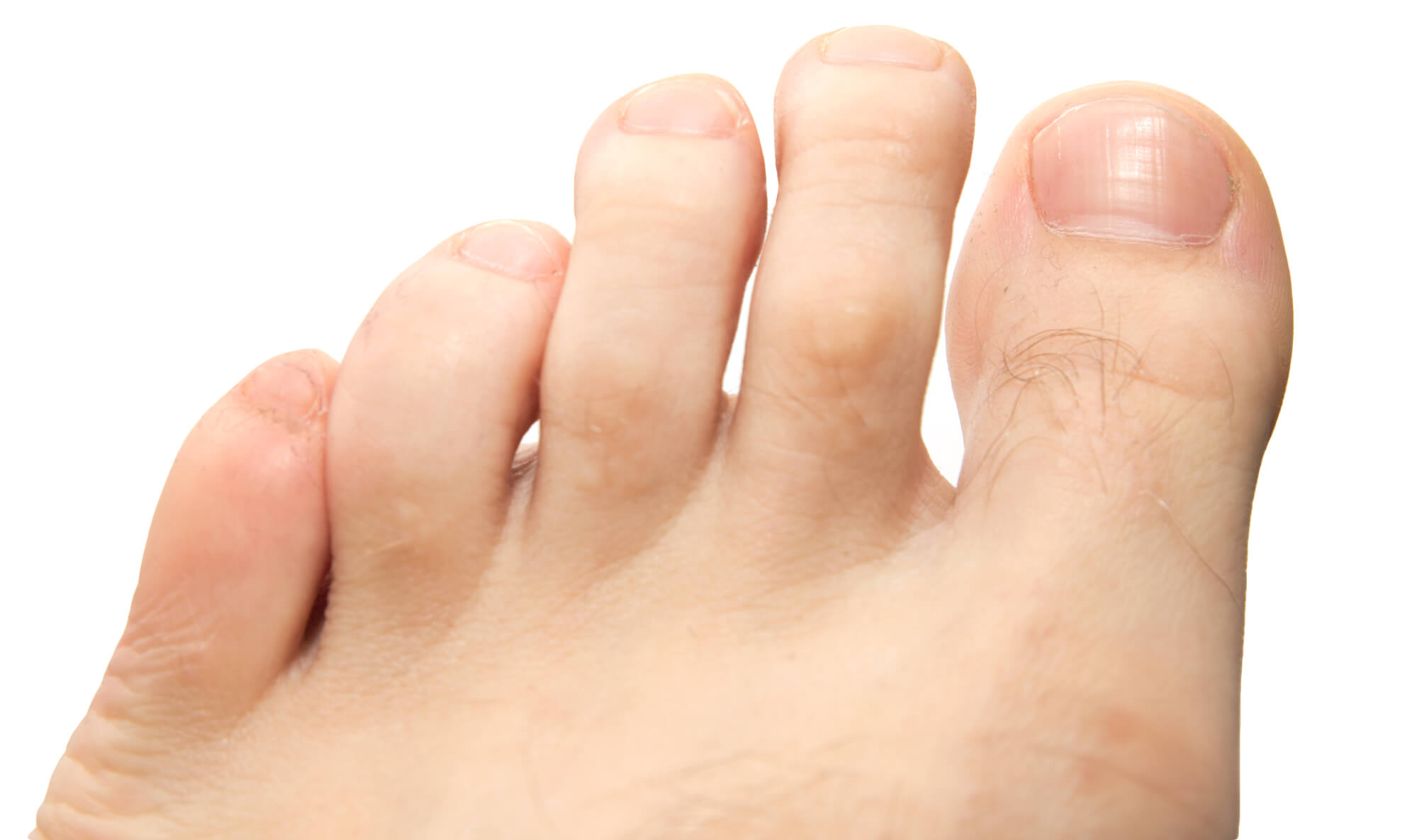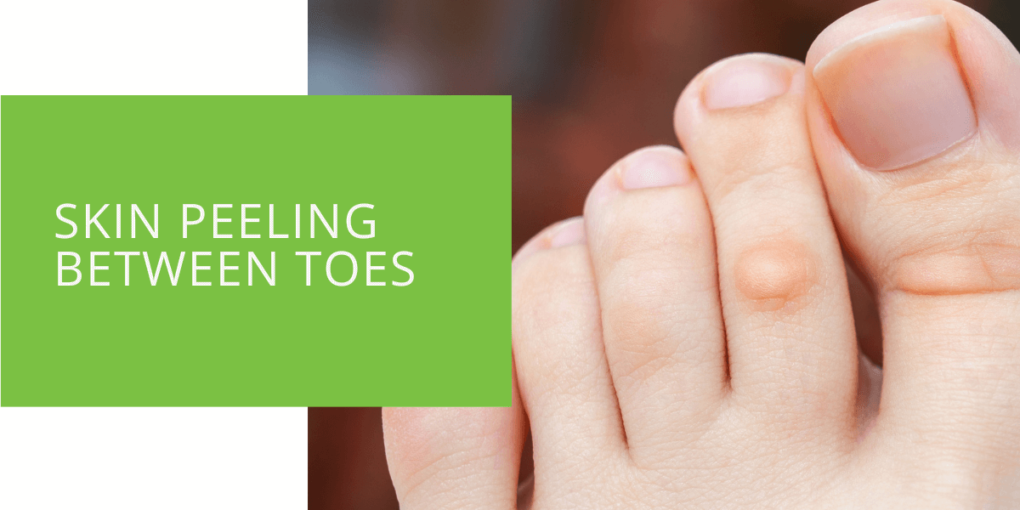Understanding Skin Peeling Between Toes
Are you tired of dealing with skin peeling between your toes and the discomfort and embarrassment of it? Look no further than this comprehensive guide, where we'll delve into the intricacies of this condition and provide you with effective management solutions.
Whether you've been dealing with this issue for a while or it's a new problem, understanding the root causes and how to address them is crucial. We'll explore the various factors contributing to skin peeling between the toes, such as fungal infections, dry skin, and eczema, and provide practical tips and recommendations to help alleviate symptoms and prevent recurrence. Say goodbye to uncomfortable and unsightly skin peeling and hello to healthy, happy feet with the knowledge and tools provided in this guide.
Key Takeaways
- Skin peeling between toes can have various causes, including moisture, fungal infections, contact dermatitis, and eczema. Understanding the underlying cause is essential for effective treatment.
- Over-the-counter remedies like antifungal and moisturizing creams can relieve mild cases, but consulting a podiatrist is crucial for accurate diagnosis and tailored treatment options.
- Preventive measures, including proper foot hygiene and suitable footwear choices, can significantly reduce the likelihood of recurring skin peeling between the toes.
Symptoms and Causes
Common Causes
Skin peeling between the toes can result from several factors, each deserving attention and understanding for effective treatment.
Moisture and Hygiene
Excessive moisture in the interdigital spaces can lead to skin breakdown and peeling. This moisture often arises from perspiration or inadequate drying after activities like swimming. Poor hygiene practices, such as infrequent foot washing, can exacerbate the issue, creating a breeding ground for skin problems.
Fungal Infections
Fungal infections, such as athlete's foot (tinea pedis), are notorious for causing peeling skin between the toes. These infections thrive in warm, moist environments, making the spaces between the toes an ideal breeding ground. Fungal skin infections are highly contagious and can spread easily in public pools, locker rooms, and communal showers.
Trench Foot
Trench foot, often associated with soldiers in wartime conditions, can also affect civilians. Prolonged exposure to damp and cold conditions can lead to trench foot, peeling skin between the toes. This condition highlights the importance of keeping your feet dry, especially in wet and chilly environments.
Shoe Contact Dermatitis
Shoe contact dermatitis occurs when your skin reacts to allergens or irritants in your footwear. These irritants can include certain shoe materials, adhesives, or chemicals used in manufacturing. This reaction can lead to itching, blistering, and, in severe cases, peeling skin between the toes. Identifying and avoiding footwear triggers is crucial in managing this form of contact dermatitis.
Dyshidrotic Eczema
Dyshidrotic eczema is a type of eczema that can affect the palms of your hands and the soles of your feet, including the spaces between your toes. Itchy blisters and peeling skin characterize it. Dyshidrotic eczema is often triggered or exacerbated by stress, allergens, or irritants. It may cause discomfort and necessitates specific treatment approaches to manage symptoms effectively.
Jock Itch
Jock itch, a fungal skin infection primarily affecting the groin area, may extend to affect the toes. This contagious condition presents symptoms like itching, redness, and peeling skin. It's essential to recognize that jock itch can spread to the feet through contact or shared towels, underscoring the need for proper hygiene.

Over-the-Counter Remedies
Several over-the-counter products may offer relief if you're experiencing peeling skin between your toes.
Antifungal Creams
Antifungal creams are effective for treating fungal infections causing peeling skin. These creams typically contain active ingredients like clotrimazole or terbinafine, specifically targeting the fungus responsible for the infection. Applying antifungal cream as directed can help alleviate symptoms and promote healing.
Moisturizing Creams
A moisturizing cream with ingredients like urea or lactic acid can help keep your feet hydrated and prevent further skin peeling. Moisturizing is particularly important if dryness contributes to the peeling skin. Regular application can help maintain skin health and reduce the risk of recurrence.
Topical Steroids
Topical steroid creams may be recommended for cases involving inflammation, redness, and itching. These creams contain corticosteroids, which have anti-inflammatory properties. However, it's essential to use them under the guidance of a healthcare professional, as prolonged or inappropriate use can lead to skin thinning and other side effects.

Expert Guidance
While over-the-counter remedies can relieve mild cases, seeking expert help for persistent or severe symptoms is crucial.
Podiatrist Evaluation
A podiatrist, a specialized foot and ankle doctor, is well-equipped to accurately diagnose the underlying cause of your skin peeling between your toes. Whether it's a fungal infection, contact dermatitis, or another condition, a podiatrist can perform a thorough examination to pinpoint the issue. This expertise is invaluable in tailoring a treatment plan that addresses the specific cause of your discomfort.
Prescription Medications
In some instances, prescription antifungal medications may be necessary, especially when dealing with stubborn or severe fungal infections. A podiatrist can prescribe these medications, often more potent than over-the-counter options, to combat the underlying issue effectively. These prescriptions may include oral antifungal tablets or stronger topical treatments.
Preventive Measures
Beyond treatment, a podiatrist can offer guidance on preventive measures to ensure the long-term health of your feet. This includes educating you on proper foot hygiene practices, suitable footwear choices, and strategies to keep your feet dry and comfortable. Taking proactive steps can significantly reduce the likelihood of recurring skin peeling between your toes.
Conclusion
Skin peeling between the toes is common with various potential causes, including moisture, fungal infections, contact dermatitis, and eczema. While over-the-counter remedies can relieve milder cases, consulting with a podiatrist for accurate diagnosis and tailored treatment options is essential.
Our experienced podiatrists are here to help you address peeling skin between your toes and maintain optimal foot health. Don't hesitate to contact us for a professional evaluation and personalized care. Your comfort and foot health are our top priorities.
If you're experiencing discomfort or noticing peeling skin between your toes, schedule an appointment with our dedicated podiatrists today. Your feet deserve the best care, and we're here to provide it.

